V&A Museum secures the huge archive of David Bowie
The collection features handwritten lyrics, intimate writings, costumes, set designs, instruments and more
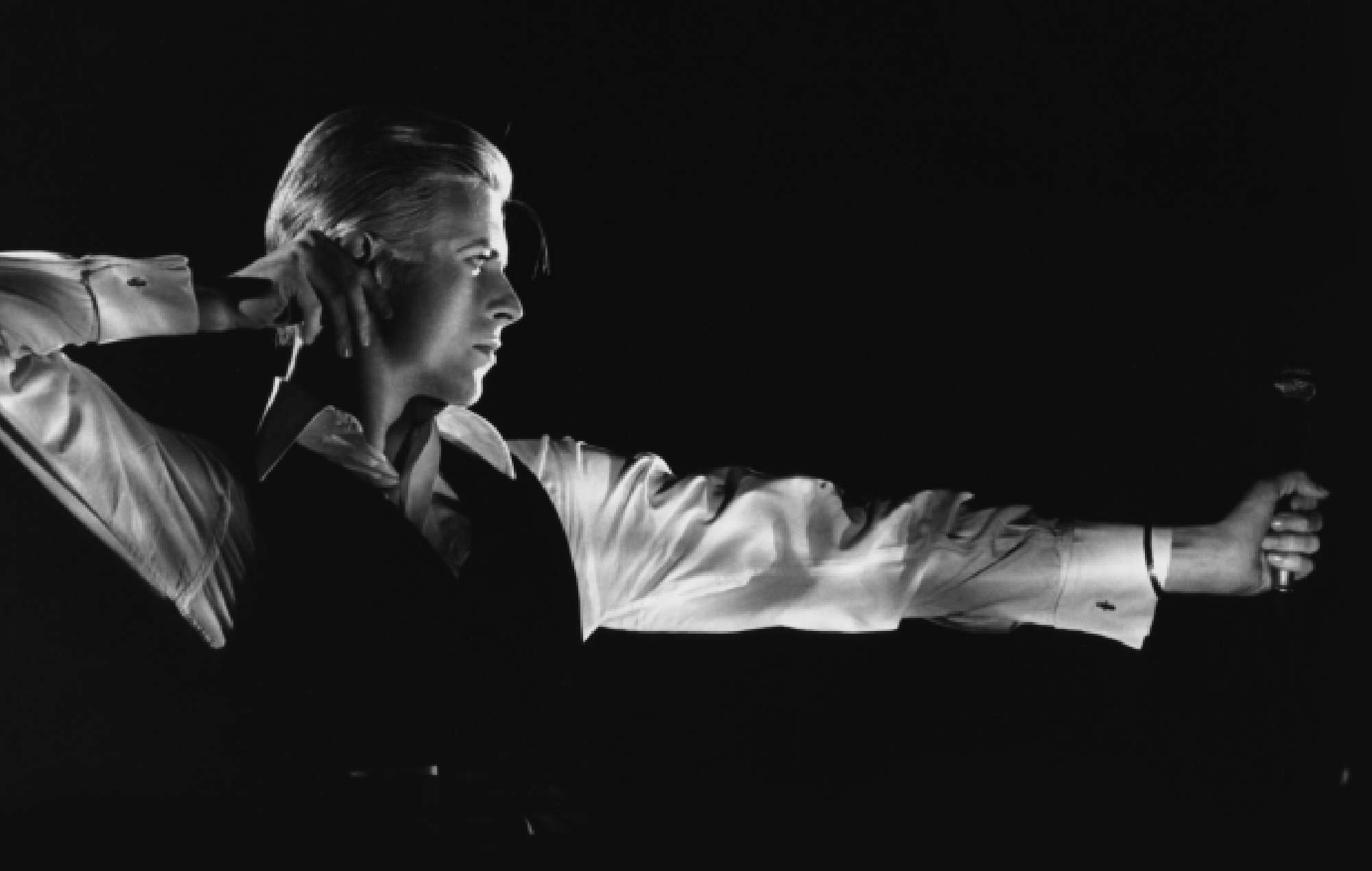
The Victoria and Albert museum has secured the archive of David Bowie, with 80,000 items set to be made available to the public from 2025.
Announcing the news today (February 23), the V&A has revealed that the extensive archive traces Bowie’s life, career and creative processes from the 1960s to his death in 2016.
It features handwritten lyrics, sheet music, letters, original costumes, fashion, music videos, instruments, set designs and more.
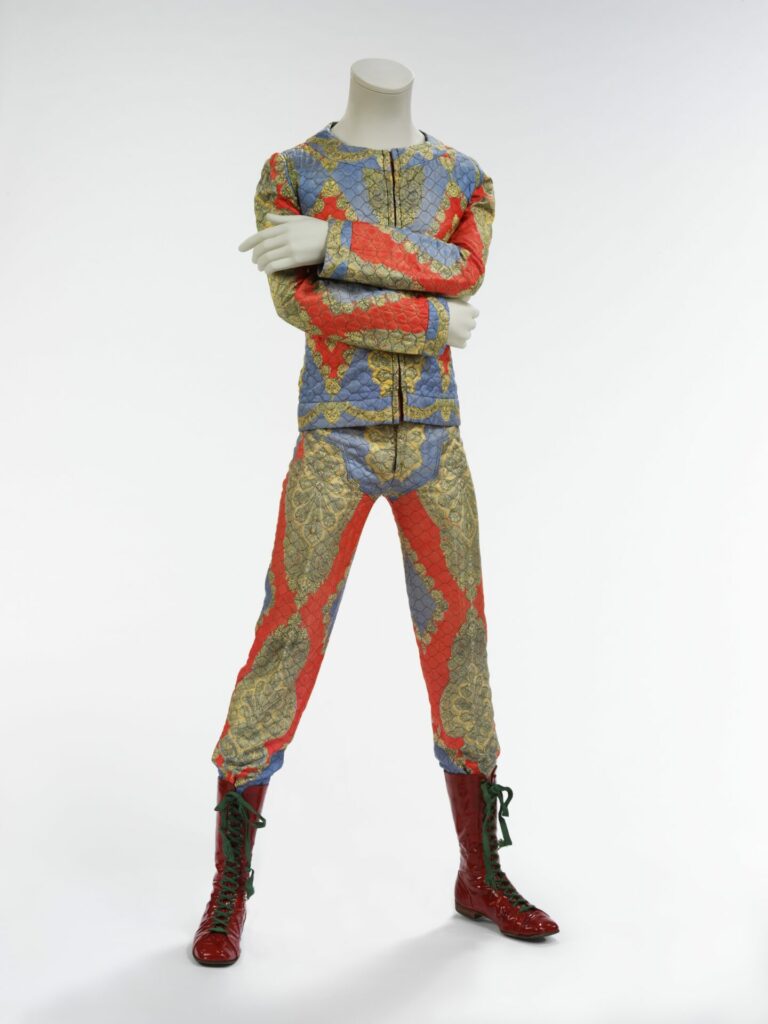
The archive also includes “intimate writings, thought processes and unreleased projects”, the majority of which have never been seen in the public.
From 2025, the archive will be available to the public through the creation of The David Bowie Centre for the Study of Performing Arts at V&A East Storehouse, in Stratford’s Queen Elizabeth Olympic Park.
Highlights are said to include stage costumes like Bowie’s 1972 Ziggy Stardust ensembles designed by Freddie Burretti, costumes from the Aladdin Sane tour in 1973 and the Union Jack coat designed by Bowie and Alexander McQueen for the 1997 Earthling album cover.
Handwritten lyrics have also been preserved for songs like ‘Fame’, ‘Heroes’ and ‘Ashes To Ashes’, in addition to the examples of the “cut up” method of writing, introduced to Bowie by writer William Burroughs.
The collection also contains a “series of intimate notebooks” from every era of the music icon’s life and career.
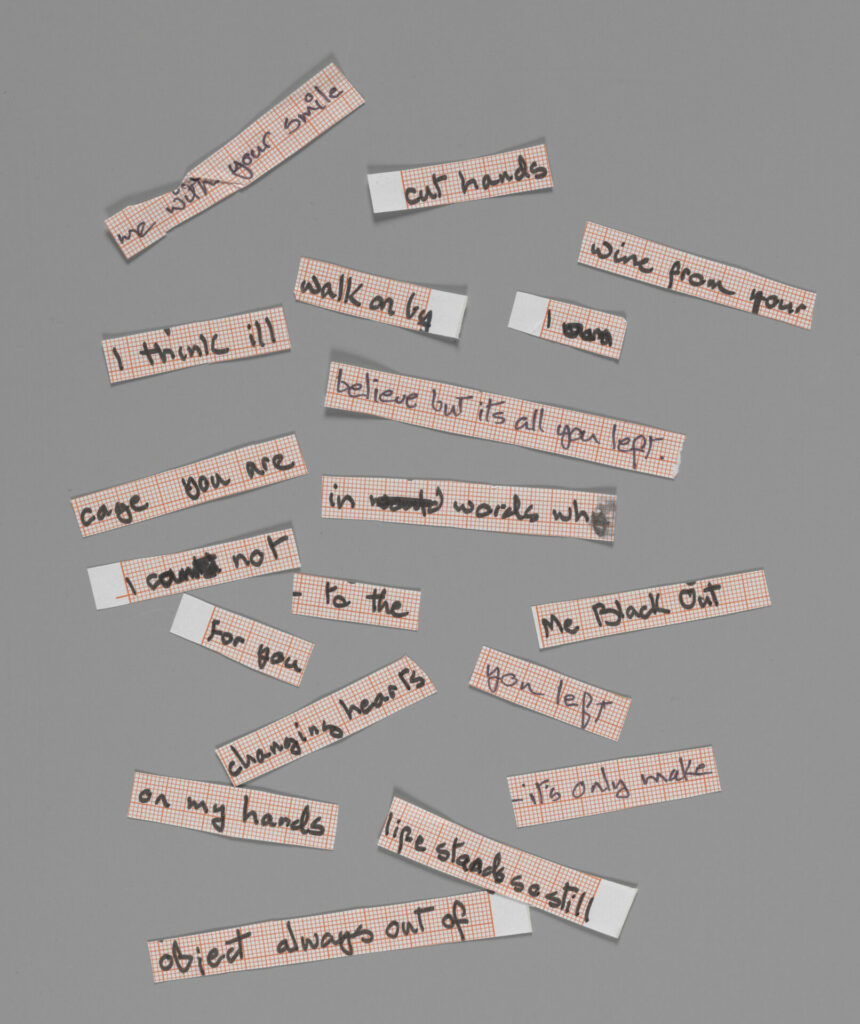
There’s also film stills from The Man Who Fell to Earth, along with over 70,000 photographs, prints, negatives, large format transparencies, slides and contact sheets.
Musical highlights include instruments, amps and various other pieces of equipment like Brian Eno’s EMS synthesizer from Bowie’s Low and Heroes, along with a stylophone gifted from T. Rex guitarist Marc Bolan, used on the Space Oddity recording.
A spokesperson for the Bowie estate said: “With David’s life’s work becoming part of the UK’s national collections, he takes his rightful place amongst many other cultural icons and artistic geniuses. The David Bowie Centre for the Study of Performance – and the behind the scenes access that V&A East Storehouse offers– will mean David’s work can be shared with the public in ways that haven’t been possible before, and we’re so pleased to be working closely with the V&A to continue to commemorate David’s enduring cultural influence.”
“David Bowie was one of the greatest musicians and performers of all time,” Tristram Hunt, director of the V&A said in a statement.
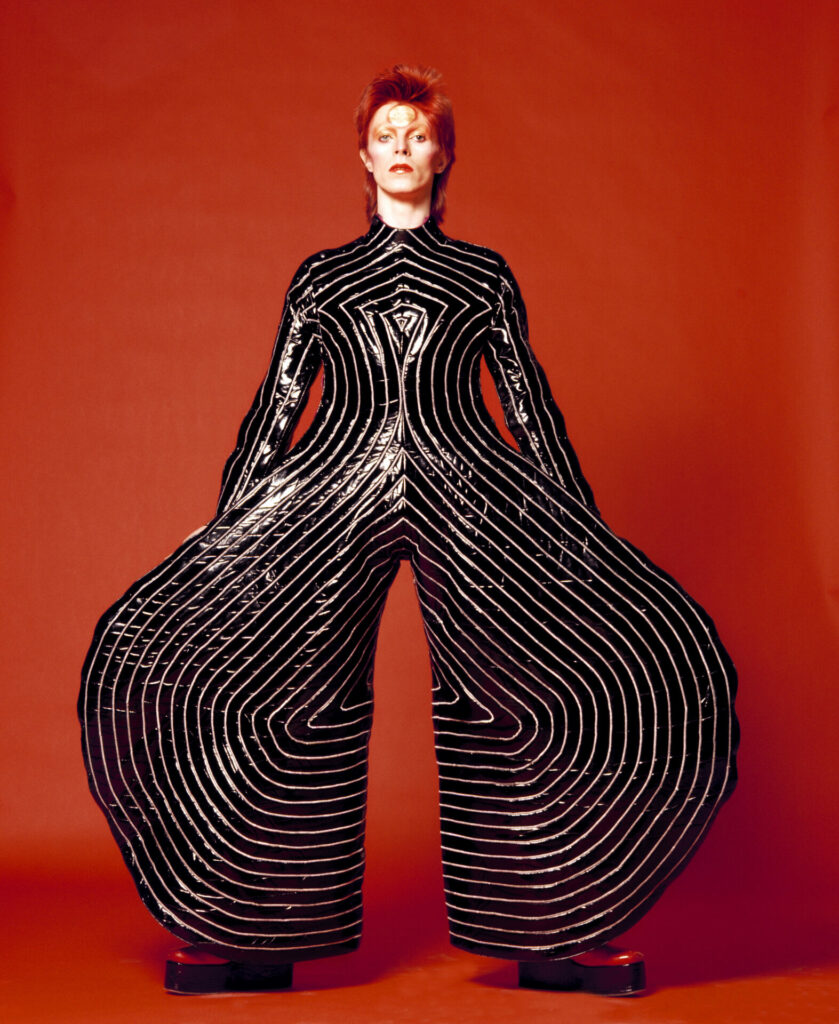
“The V&A is thrilled to become custodians of his incredible archive, and to be able to open it up for the public. Bowie’s radical innovations across music, theatre, film, fashion, and style – from Berlin to Tokyo to London – continue to influence design and visual culture and inspire creatives from Janelle Monáe to Lady Gaga to Tilda Swinton and Raf Simons.
“Our new collections centre, V&A East Storehouse, is the ideal place to put Bowie’s work in dialogue with the V&A’s collection spanning 5,000 years of art, design, and performance. My deepest thanks go to the David Bowie Estate, Blavatnik Family Foundation and Warner Music Group for helping make this a reality and for providing a new sourcebook for the Bowies of tomorrow.”
Tilda Swinton, a close friend and collaborator of Bowie, said: “In 2013, the V&A’s David Bowie Is… exhibition gave us unquestionable evidence that Bowie is a spectacular example of an artist, who not only made unique and phenomenal work, but who has an influence and inspiration far beyond that work itself.”
The actor added: “Ten years later, the continuing regenerative nature of his spirit grows ever further in popular resonance and cultural reach down through younger generations. In acquiring his archive for posterity, the V&A will now be able to offer access to David Bowie’s history – and the portal it represents – not only to practicing artists from all fields, but to every last one of us, and for the foreseeable future. This is a truly great piece of news, which deserves the sincerest gratitude and congratulations to all those involved who have made it possible.”
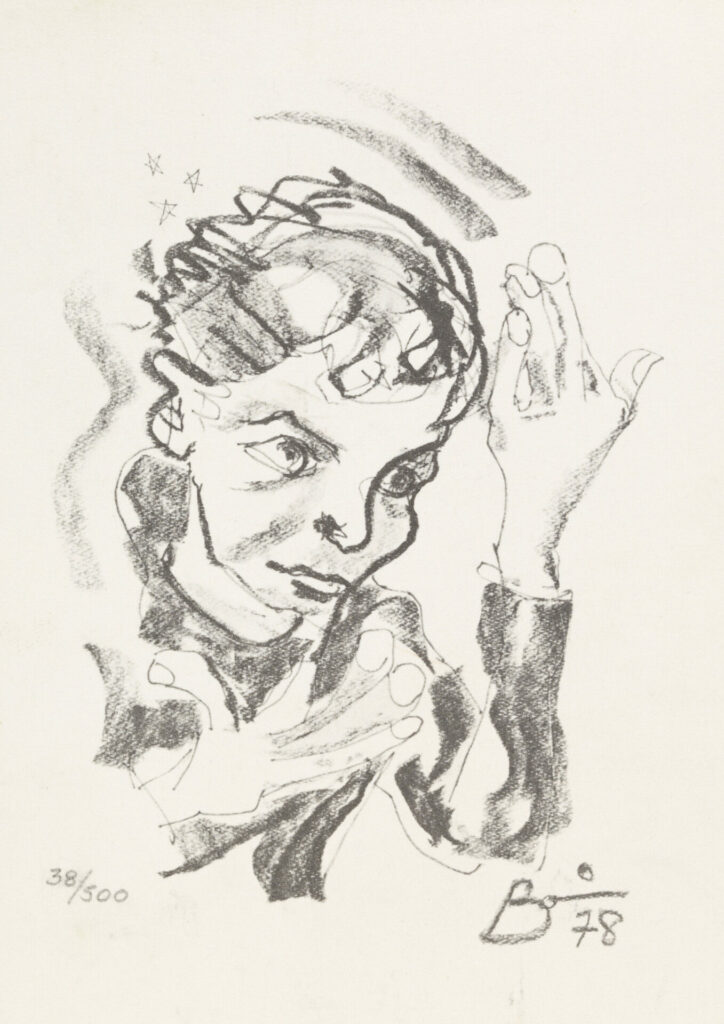
Nile Rodgers shared: “I believe everyone will agree with me when I say that when I look back at the last 60 years of post-Beatles music that if only one artist could be in the V&A it should be David Bowie. He didn’t just make art, he was art!”
Bowie died from cancer on January 10, 2016, aged 69. A statement shared at the time said he “died peacefully, surrounded by his family” after an “18-month battle with cancer”.
